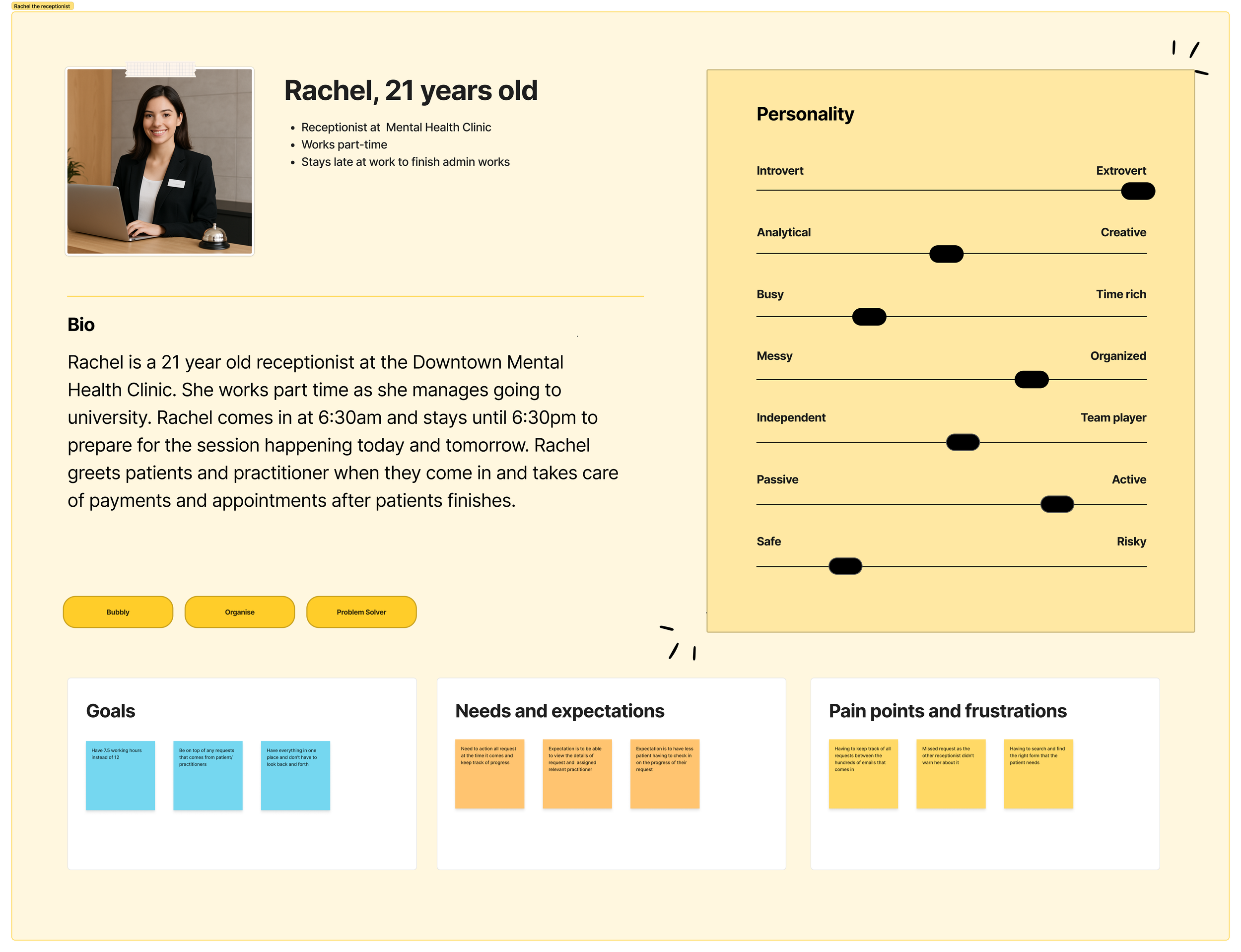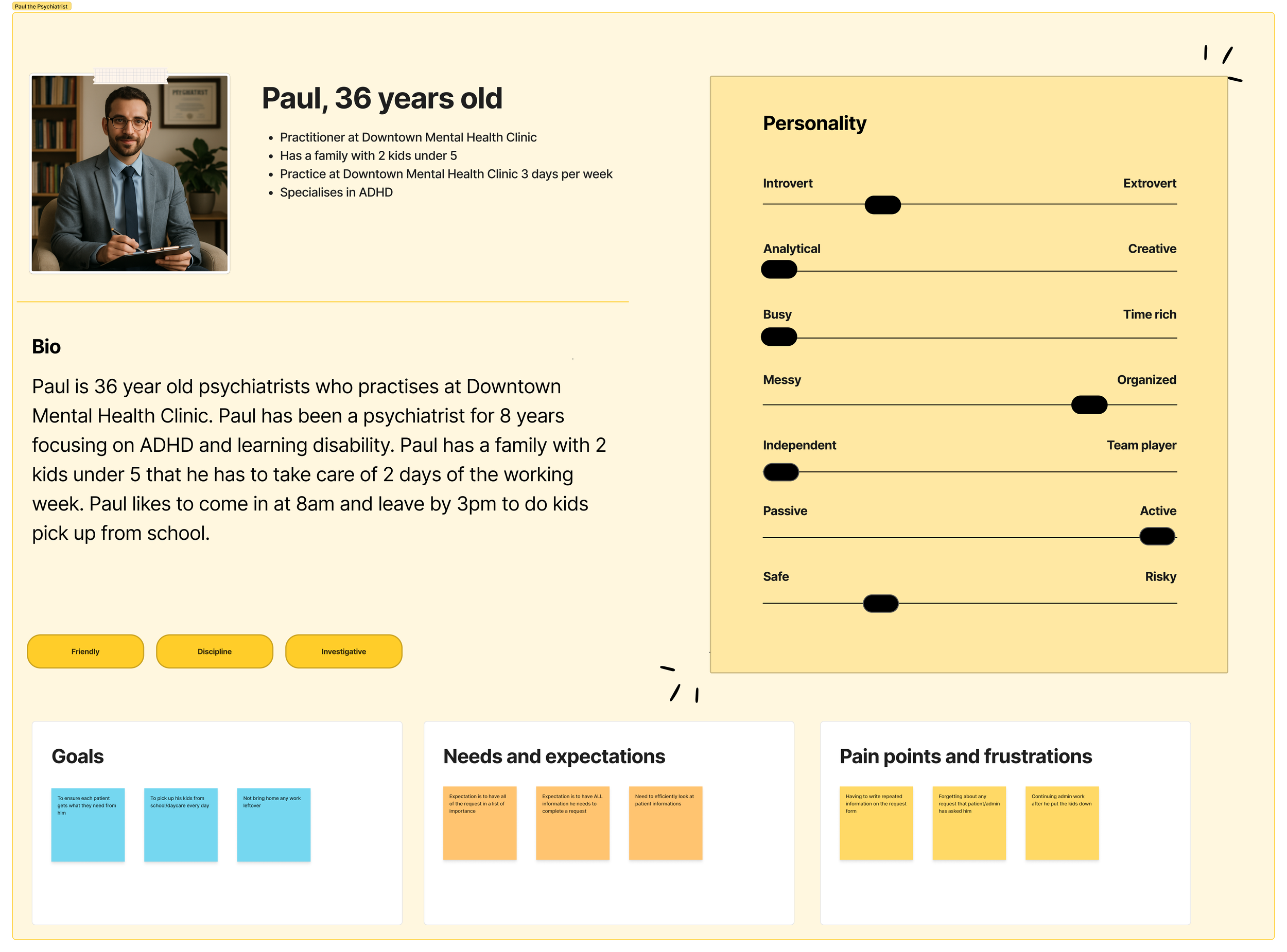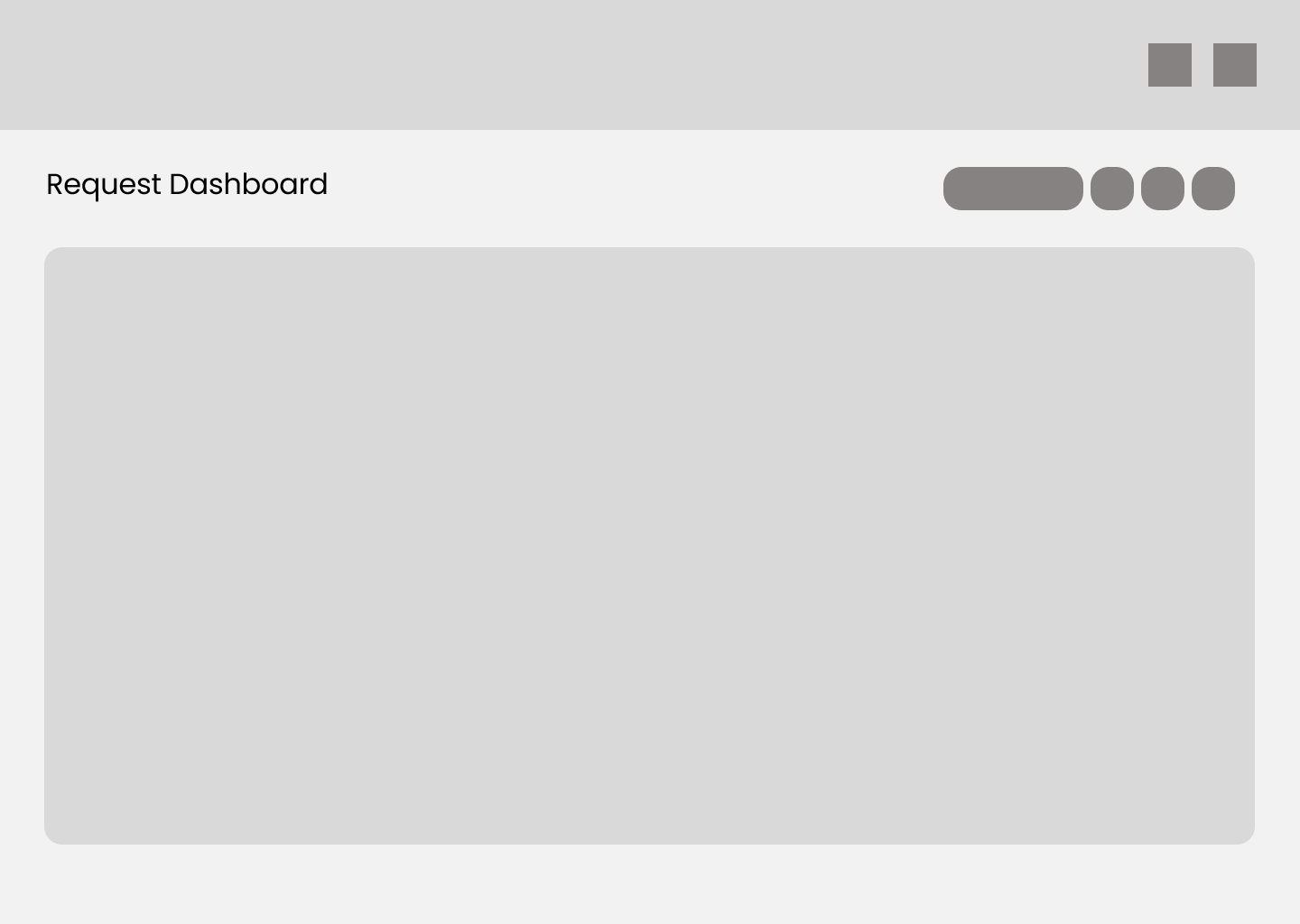
Background
I knew I ‘ve always wanted to get into the medical technology field for a couple of years now. However, I don’t have any experience within the medical field. To get closer to the field, I’ve been volunteering at Mater Hospital Brisbane for 2 years now.
Every week, I help the reception staff at Mater Clinic with their administrative work which have increase my awareness on the experiences that the staff, practitioner and patient better.
With the insights I’ve gained from seeing these pain points first hand, I decided to do a case study that focuses on a specific task that I see the admins have to juggle the most. I also took this opportunity to learn and utilise the Salesforce Lightning Design System 2 to familiarise myself with it.
Emphatise
Having spent time at the reception desk, I’ve gathered pain points I observed and split it based on the user (patients/practitioners/admin).
Here are the key summary of the pain points:
Fragmented System Architecture
Admins juggle > 3 software applications daily
Paper trails required alongside digital systems
No unified patient communication hub
Data re-entry across multiple platforms
Patient Communications Challenges
Patient have to remind practitioner/admin about medication or other documentations
Admins have to remember what patients might be waiting on when they come in and remind practitioner
Having conversations on multiple platforms without having a centralised record
Complex billing & MBS Management
Each practitioner has 4 - 5 different Medicare Benefits Schedule (MBS) items
Separate systems for appointment billing vs chasing for payments
Paper-based billing records maintained parallel to digital systems
Define
To start narrowing down the pain points and focusing on a specific area, I used the Lean Canvas Model. The canvas provides a systems thinking point of view emphasizing on user & business goals.
Alongside the canvas, I focused on the three different users impacted which are patients, admins and practitioner. Based on these user groups, I created 3 user personas that explore deeper of the kind of people that are impacted.
User personas
Problem Statement
How might we improve the efficiency of communication for clinic admins in order to save time, reduce error and ensure accurate, timely information for all?
Ideate
With all of these artefacts gathered, I decided to narrow down the focus to:
User group: Admin
Main pain point addressed: Lack of unified hub for managing patient requests, leading to information scattered with high risk of missed critical needs.
With the very narrowed focus, I wanted to make sure that the outcome would be an add-on to an existing application or a specific feature. This allows me to go very detailed and ensuring it is meeting the expectation.
I started the process by writing down all of the desired features of the platform and organising it based on Must Haves/ Should Haves and Could Haves to better prioritise it.
Apart from that, I pull together a user flow to visualise the relationship between the user and platform.
Prototype
I started with low fidelity wireframe to start planning out the features and layout of the platform. I also took this time to learn the patterns used within the Salesforce Lightning Design System.
To deepen my knowledge on the Salesforce Design System, I took their Trailbrazers course focusing on designing with the Lightning Design System.
I utilise the public Lightning Figma Component Library to use on my high fidelity prototype. My goal for the prototype is to make sure that the necessary information can be easily accessible and captured in a glance as I know that the admins don’t have a lot of time to focus on them.
Throughout the design process, I iterated on the idea to drill focus into one specific feature of the platform which was the request item. I focused on how the request item would look in a glance, how admin could easily get more information of the specific item and create a new one.
Doing so has deepen my systems thinking methodology as other dependencies would show up with every step the feature takes. Which begs the question “the bare minimum” that it needs to address the pain point.
This case study was a chance for me to pursue a small dream of mine of contributing to the medical field, I used my observations and experiences as the base idea and continue it with the Salesforce Lightning Design System tools. Some of the things I learnt during this journey are:
Learnings
With the everchanging focuses and technology, it’s so easy to get carried away with fancy solutions.
However, I found myself stripping back into the basics and focusing on the problems to come up with the solutions, The problem of multi-tasking and over-handling is something very common in clinical administration but it’s something that is often overlooked.
Focus on the problem
Often times, I feel blocked as I don’t have any experiences in medical technology field but wanted to pursue it. With this case study, I was able to look into the tools that the field uses and educate myself on it.
Most of these resources are free and accessible which makes it a whole lot easier and motivating.
To unblock myself













